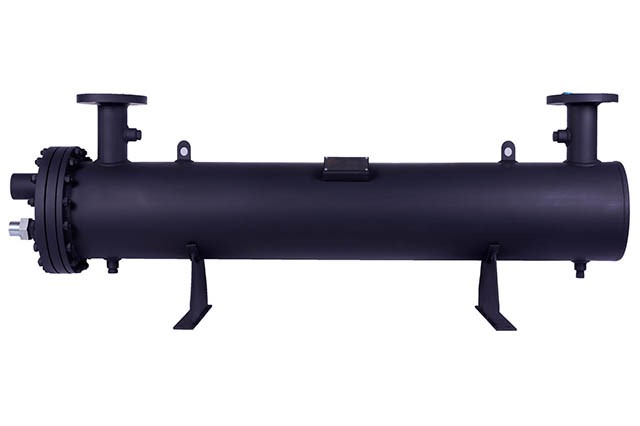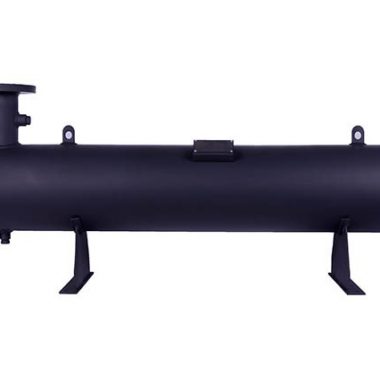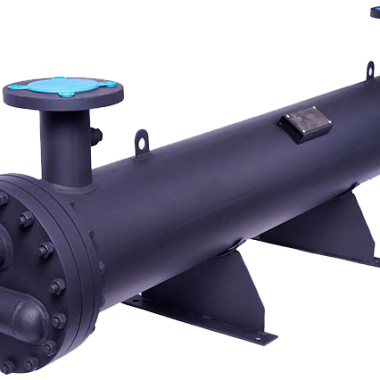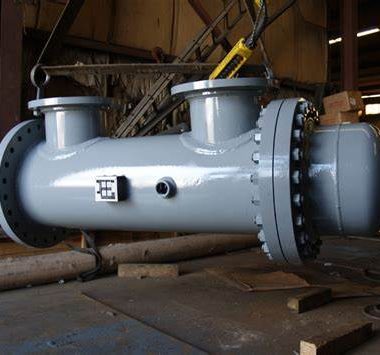Fundamentals of Shell and Tube Heat Exchangers
Fundamentals of Shell and Tube Heat Exchangers
Shell and tube heat exchangers stand as stalwarts within the realm of thermal building, encouraging the productive transfer of heat between liquid streams. Let’s delve into the basic principles fundamentals of Shell and Tube Heat Exchangers:
1. Basic Design:
Shell and tube heat exchangers comprise of a shell (outer vessel) and numerous tubes (inner vessels) bundled inside. One liquid streams through the tubes (the tube side), whereas another liquid circulates around the exterior of the tubes inside the shell (the shell side).
2. Heat Transfer Mechanism:
Heat transfer happens between the two liquid streams through the tube dividers. Thermal energy is traded as the liquids pass by each other, either heating or cooling the particular liquids depending on their temperature differentials.
3. Tube Bundle:
The tubes are organized in a bundle inside the shell, regularly backed by tube sheets at both closes. The tube sheets seal the closes of the tubes and avoid liquid bypass between the tube side and shell side.
4. Flow Configuration:
Shell and tube heat exchangers can have different stream arrangements, counting parallel flow, counterflow, and crossflow. These setups impact the effectiveness and effectiveness of heat exchange inside the exchanger.
5. Fluid Circulation:
Fluids stream through the exchanger in a controlled way, ordinarily entering through channel ports and leaving through outlet ports. Baffles inside the shell direct the flow of shell side liquid, advancing turbulence to improve heat transfer.
6. Tube Arrangement:
Tubes can be arranged in numerous setups, such as straight tubes or U-shaped tubes. The choice of tube course of action depends on components like liquid properties, flow rates, and weight drop considerations.
7. Heat Transfer Area:
The effectiveness of a shell and tube heat exchanger depends on the surface region accessible for heat transfer. Expanding the length or distance across of the tubes, or including more tubes to the bundle, improves the heat transfer region.
8. Heat Exchanger Efficiency:
A few variables impact the effectiveness of a shell and tube heat exchanger, counting liquid speeds, temperature differences, fouling, and plan contemplations such as tube format and baffle spacing.
9. Applications:
Shell and tube heat exchangers discover widespread applications over different businesses, counting chemical handling, petroleum refining, power generation, HVAC systems, and nourishment preparing. They are flexible gadgets able of handling a wide run of temperatures and pressures.
10. Maintenance and Cleaning:
Standard maintenance is fundamental to guarantee the ideal execution of shell and tube heat exchangers. This incorporates occasional cleaning to remove fouling and scaling, inspecting for leaks, and replacing worn out components as required.
11. Materials of Construction:
The materials utilized in shell and tube heat exchangers vary depending on the liquids being prepared, working temperatures, and natural conditions. Common materials include stainless steel, carbon steel, copper, and different alloys.
Shell and tube heat exchangers embody the elegance of designing simplicity while offering robust and proficient heat exchange arrangements over a range of businesses. Understanding the essentials of their plan, operation, and support is key to harnessing their full potential in different thermal applications.
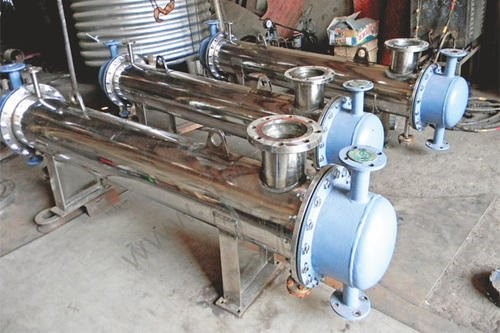
Fundamentals of Shell and Tube Heat Exchangers


